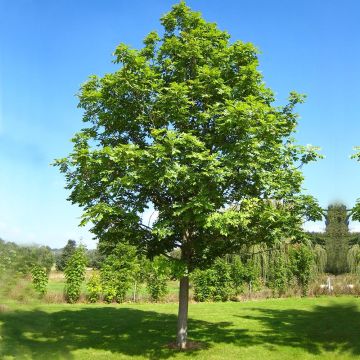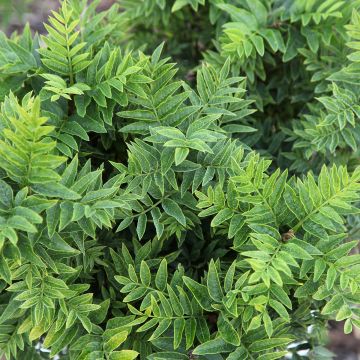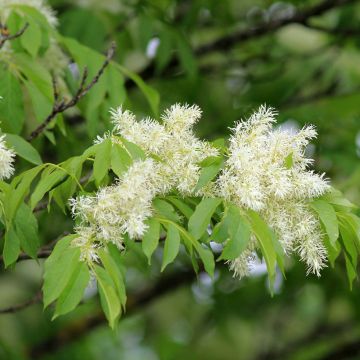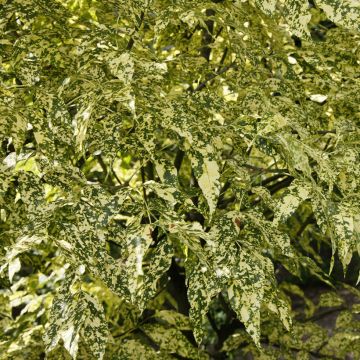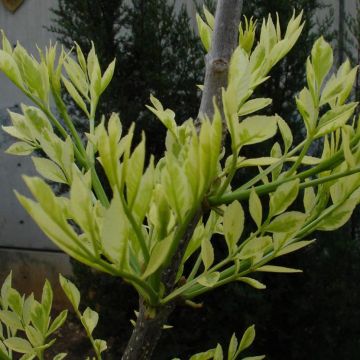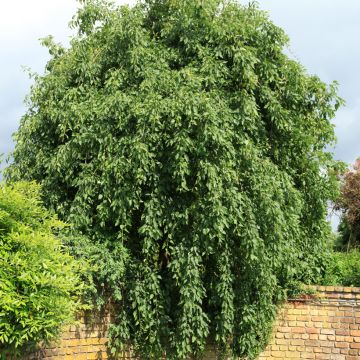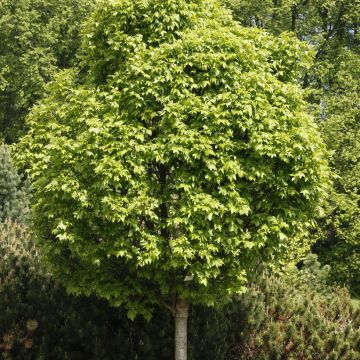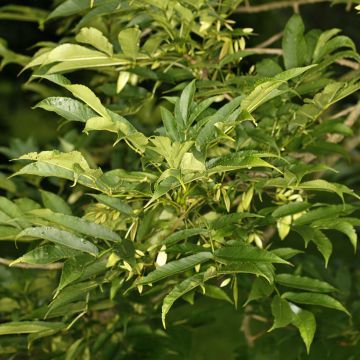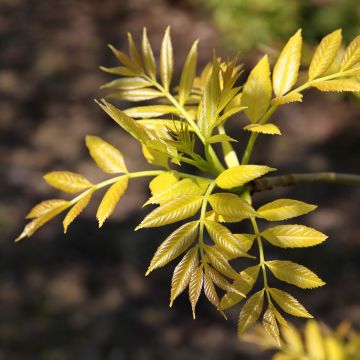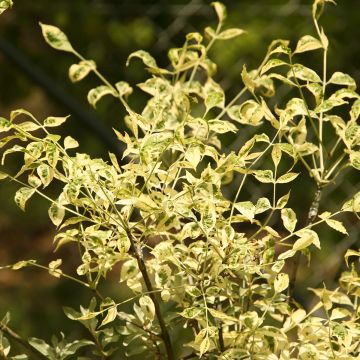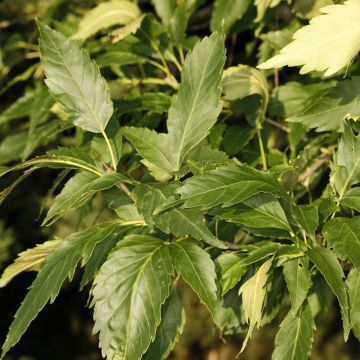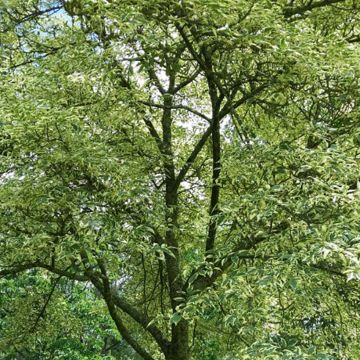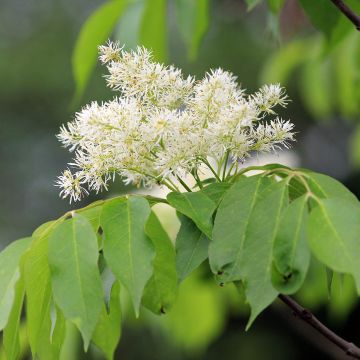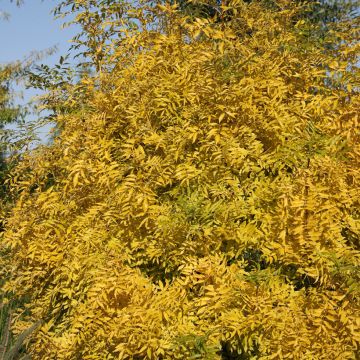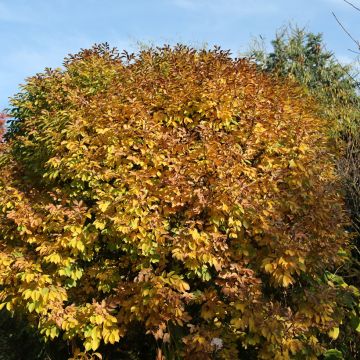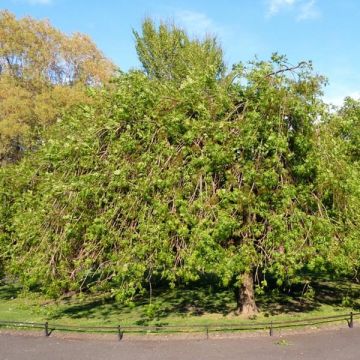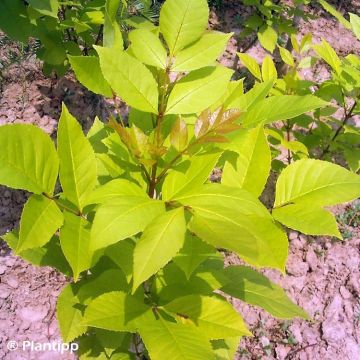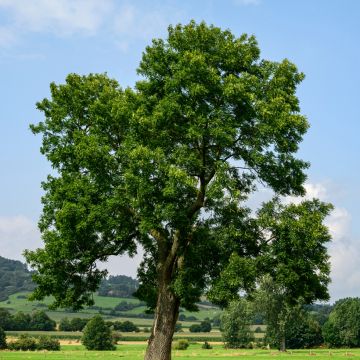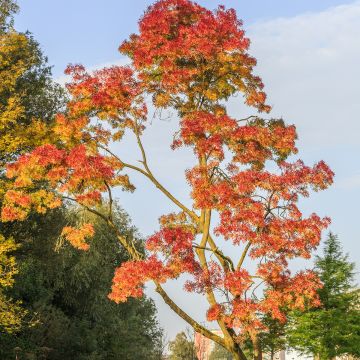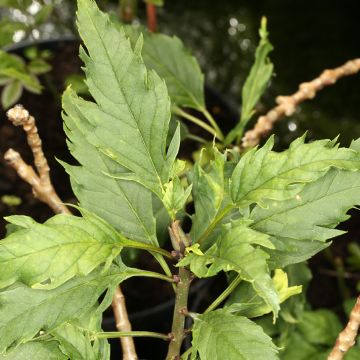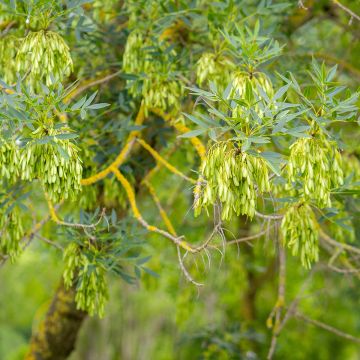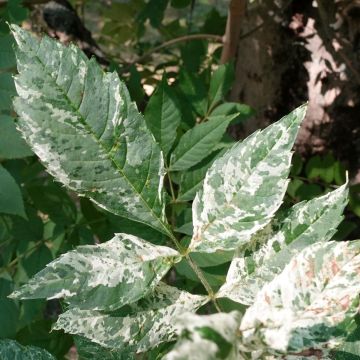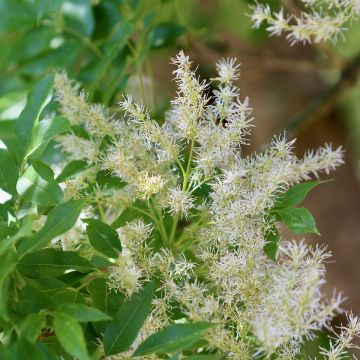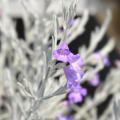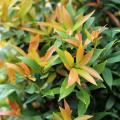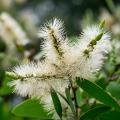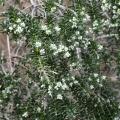Fraxinus - Ash tree
Would this plant suit my garden? Set up your Plantfit profile →
Available in 2 sizes
Available in 1 sizes
Available in 1 sizes
Available in 1 sizes
Available in 1 sizes
Available in 1 sizes
Available in 1 sizes
Available in 1 sizes
Available in 1 sizes
Available in 1 sizes
Available in 1 sizes
Available in 1 sizes
Available in 1 sizes
Available in 1 sizes
Available in 1 sizes
Available in 1 sizes
Available in 1 sizes
Available in 1 sizes
Available in 1 sizes
Available in 1 sizes
Available in 1 sizes
Available in 1 sizes
Available in 1 sizes
Available in 1 sizes
Available in 1 sizes
The best known of the Ash trees is probably Fraxinus excelsior, a tall and beautiful tree with compound leaves, native to European forests, and sometimes planted in parks and large gardens.
Other Ash trees, with less significant growth and more suitable for the size of our gardens, are very interesting for their splendid autumn colours (e.g. Fraxinus angustifolia Raywood) or their magnificent spring flowering (Fraxinus ornus).
The genus Fraxinus, from the Oleaceae family, includes around sixty species of trees, among which are three European species and their varieties (F. excelsior, F. angustifolia, and F. ornus), with deciduous foliage, adapted to different climates. The Ash tree is ornamental due to its aged fissured bark; its compound foliage with dentate leaflets arranged in pairs, which take on beautiful autumn colours; and occasionally its flowering. In winter it is recognisable by its characteristic large buds, ovoid or pointed, covered with thick protective scales in light brown, grey, or even deep black. Very hardy, Ash trees adapt easily to sufficiently deep soils, whether they are alkaline, neutral, or slightly acidic.
Haven't found what you were looking for?





































